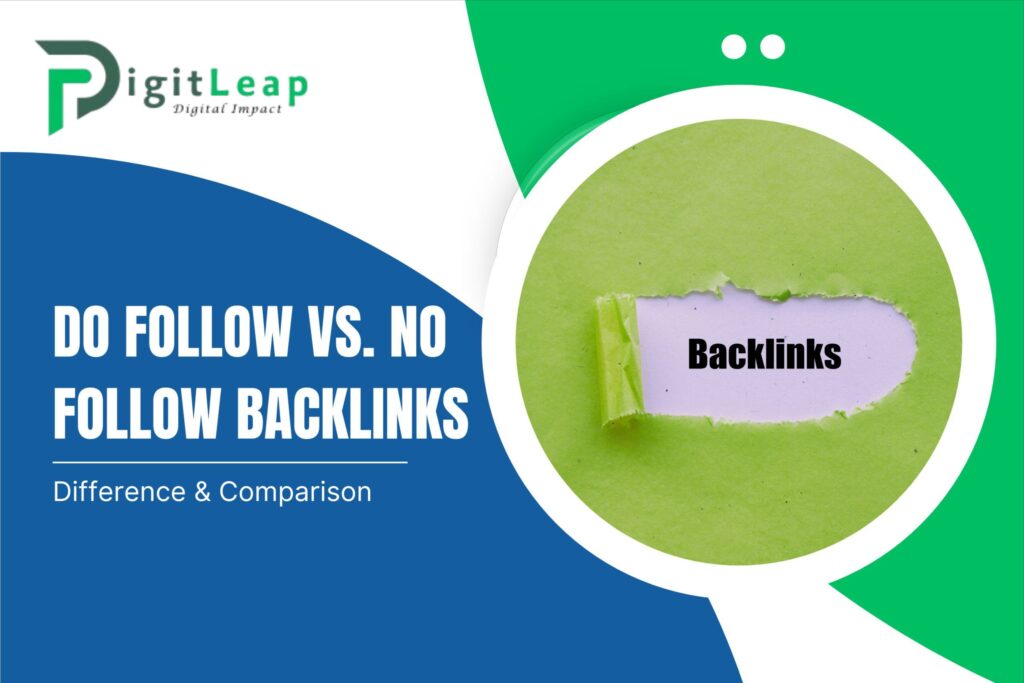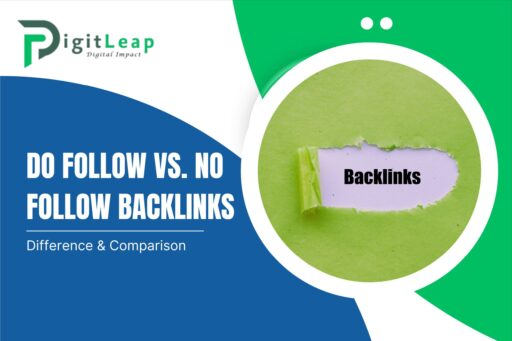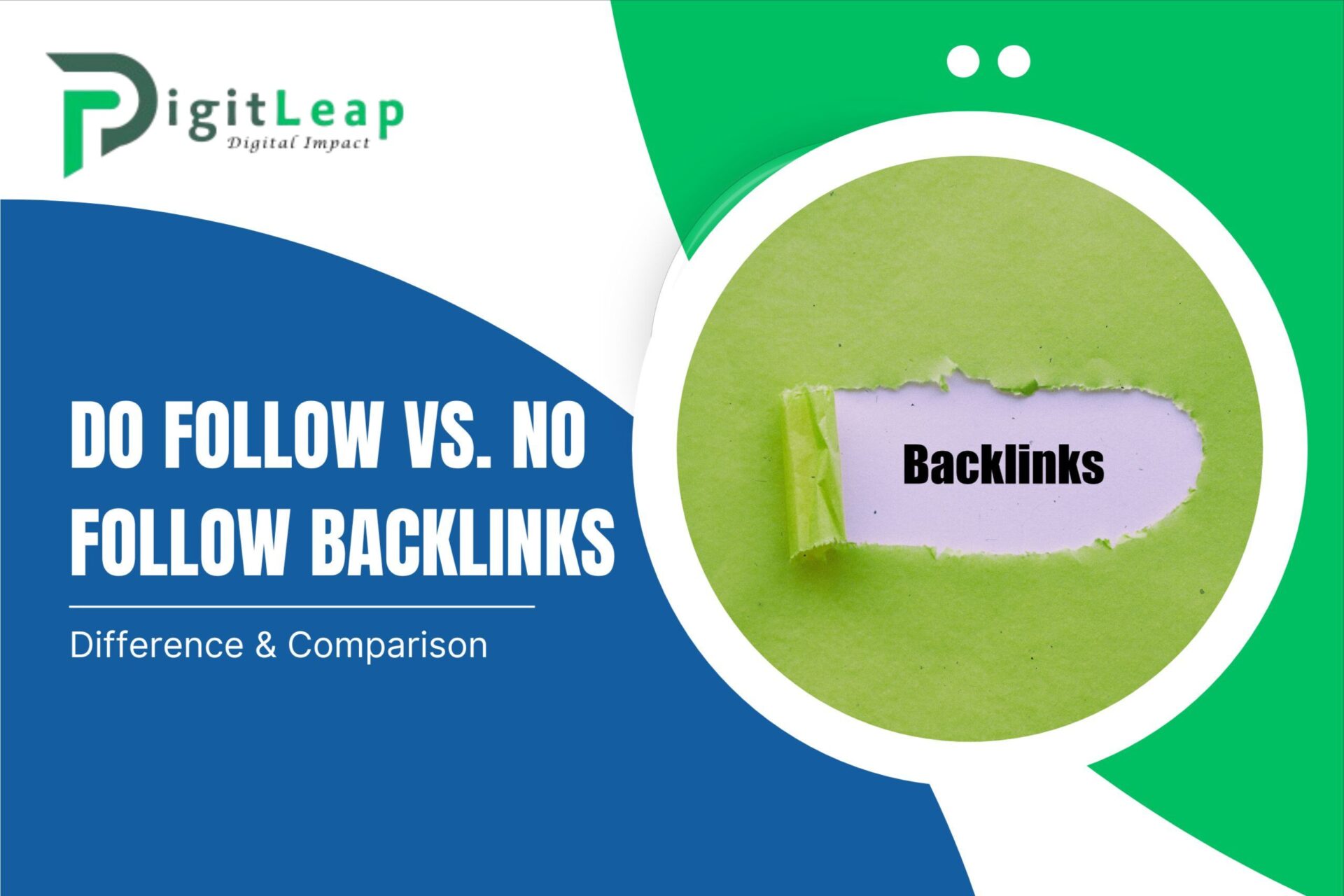Do Follow vs. No Follow Backlinks: Understanding the Key Differences for SEO
When it comes to building a strong online presence, backlinks play a crucial role. However, not all backlinks are created equal. In this guide, we break down the differences between do follow and no follow backlinks, explaining what they mean for your SEO efforts in plain, simple language.

What Are Backlinks?
Backlinks are links from one website to another. They serve as votes of confidence, signaling to search engines that your content is valuable and trustworthy. The quality and type of these links can significantly impact your site’s ranking.
Do Follow Backlinks
Definition:
Do follow backlinks are the default type of link that passes on “link juice”—meaning, they transfer SEO value from the linking site to your website. When a search engine sees a do follow link, it treats it as a vote of confidence for your content.
Benefits:
- Boosts Authority: These links help improve your site’s domain authority.
- Improves Rankings: More high-quality do follow links can lead to higher rankings in search engine results.
- Drives Traffic: They not only enhance SEO but also direct relevant traffic to your site.
When to Use Them:
Aim to earn do follow backlinks from reputable and authoritative sites in your industry. These are especially valuable for building your site’s overall credibility and search ranking.
No Follow Backlinks
Definition:
No follow backlinks contain a specific tag that tells search engines not to pass on SEO value. Essentially, they act as pointers without transferring “link juice” from the linking site.
Benefits:
- Reduces Spam Risk: No follow links are often used to discourage spam, which helps maintain the quality of link profiles.
- Diverse Link Profile: A natural mix of do follow and no follow links is considered healthy by search engines.
- Brand Exposure: Even though they don’t directly boost rankings, no follow links can still drive traffic and enhance brand visibility.
When to Use Them:
No follow links are commonly found in blog comments, forums, and social media posts. They are useful when you want to reference content without endorsing it with full SEO credit.
Comparing Do Follow and No Follow Links
- SEO Impact:
Do follow links contribute directly to improving your search rankings by transferring link juice, while no follow links do not pass SEO value, though they still help in building a diverse backlink profile. - Usage Strategy:
Focus on earning high-quality do follow links from authoritative sites for a direct SEO boost. At the same time, no follow links contribute to a natural-looking backlink profile, which is important to avoid search engine penalties. - Traffic and Exposure:
Both types can drive referral traffic. While do follow links improve SEO, no follow links are still effective in increasing brand exposure and credibility among audiences.
Final Thoughts
Understanding the difference between do follow and no follow backlinks is essential for any SEO strategy. A balanced approach that targets quality do follow links, while maintaining a natural mix with no follow links, can help you build a robust online presence. By focusing on earning links from reputable sources, you set the stage for improved search rankings and sustainable growth.






